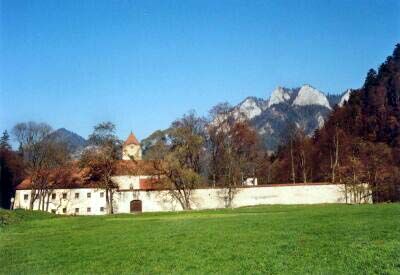
|
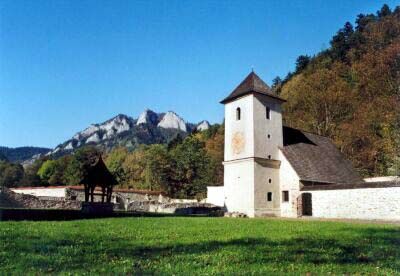
|
||||||
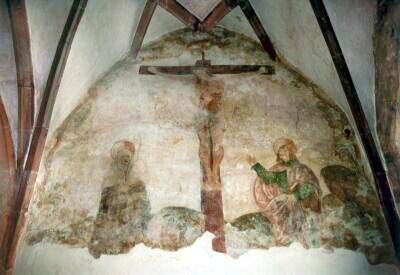
|
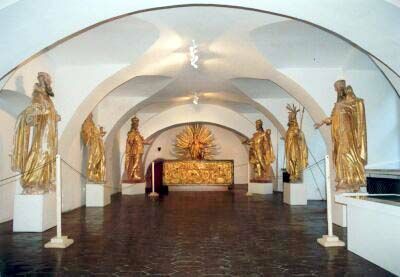
|
||||||
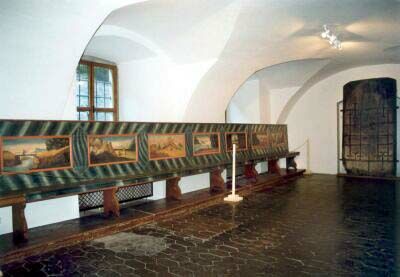
|
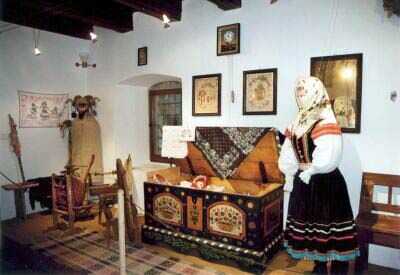
|
||||||
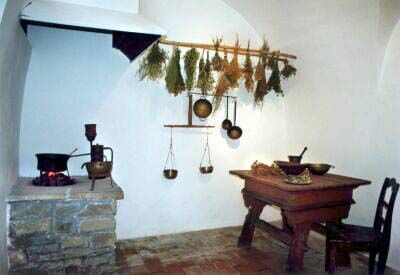
|
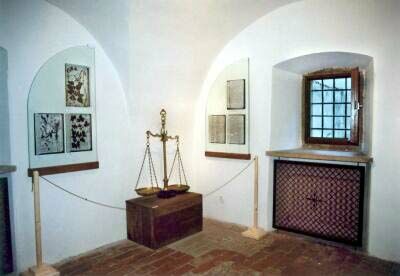
|
Scientific Committee on Solar-Terrestrial Physics (SCOSTEP)
International Solar Cycle Studies Symposium 2003:
'SOLAR VARIABILITY AS AN INPUT TO THE EARTH'S ENVIRONMENT'
June 23-28, 2003, Tatranska Lomnica, Slovak Republic
It was inhabited by Cartesian and Camaldulsian monks in two phases. Between 1320 - 1563 it was a Cartesian monastery (founded by St. Bruno in 1084). In 1320, when the Cartesian monks gained the village Lechnica (in Pieniny mountains), they started to build up the second monastery - the Red Monastery. The name "Red" it gained according to its red roof. Both monasteries were built deep in nature, because monks needed a calm place in order to practise meditations and ascetic way of life. Monks devoted a lot of time to writing copies of books by hand. After certain time they were awarded some privileges from Ungarian and Polish monarchs, such as the right to catch fishes in the Dunajec river, the right to use a water mill, to make beer etc. Cartesian monasteries in the Spis region started to be on the decline in the first half of the 16-th century. A squire of the pad, Matej Baso, completely raided the monastery at Klastorisko in the Slovak Paradise in 1543. The local monks firstly moved to the Red Monastery in Pieniny, but when it was raided by soldiers from the Dunajec castle (Nedeca) in 1545, they left the Red Monastery, too. The king Ferdinand I. decided to abolish the Cartesian monastery at the Lednica village in 1563. As a result, in 1711 - 1782 the Red Monastery became a Camaldulsian monastery (founded by St. Romuald in 1012). It was the Nitra bishop, Ladislav Matasovsky, who donated the monastery to the Camaldulsian monks. Shortly after they started to rebuild the building into the Baroque style (new houses of monks, baroque belfry and a reparation of a church). Camaldulsian monks, just like Carthesian monks, lived like hermits ascetic way of life. They kept bees, gathered healing plants and looked after ill people. They founded a pharmacy in 1754, which also became popular abroad - especially when it was directed by the monk Cyprian (1756 - 1775).

|

|
||||||

|

|
||||||

|

|
||||||

|

|
Back to the front page of ISCS 2003 Symposium